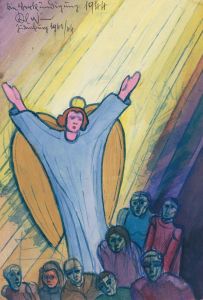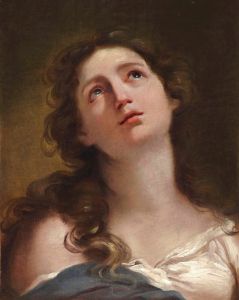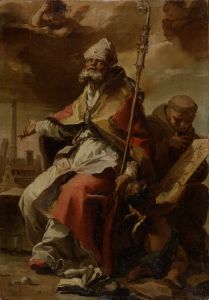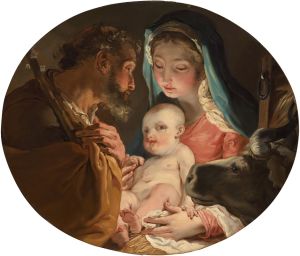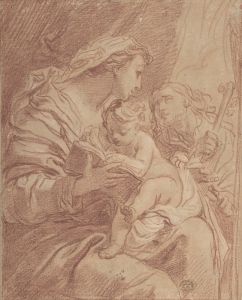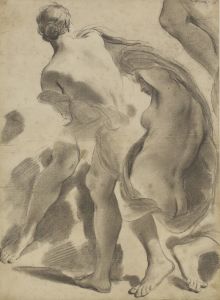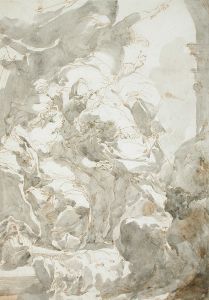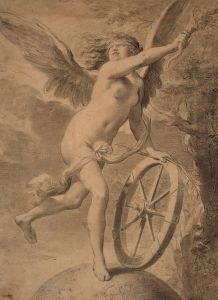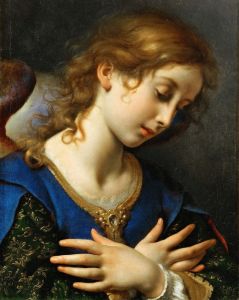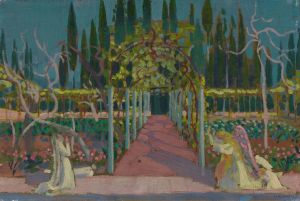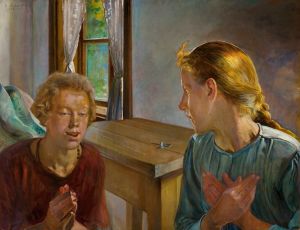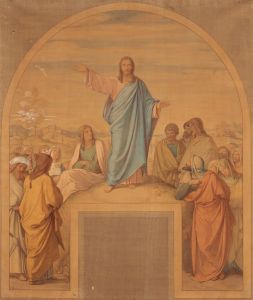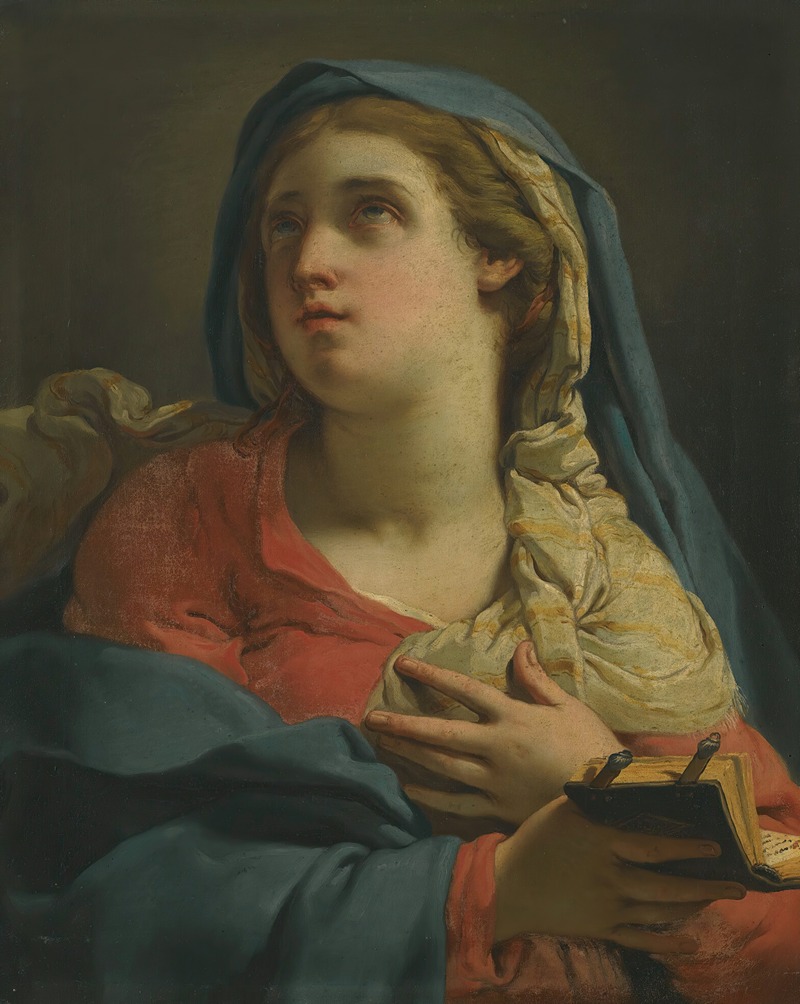
Madonna Annunciate
A hand-painted replica of Gaetano Gandolfi’s masterpiece Madonna Annunciate, meticulously crafted by professional artists to capture the true essence of the original. Each piece is created with museum-quality canvas and rare mineral pigments, carefully painted by experienced artists with delicate brushstrokes and rich, layered colors to perfectly recreate the texture of the original artwork. Unlike machine-printed reproductions, this hand-painted version brings the painting to life, infused with the artist’s emotions and skill in every stroke. Whether for personal collection or home decoration, it instantly elevates the artistic atmosphere of any space.
Gaetano Gandolfi's Madonna Annunciate is a painting created by the Italian artist during the 18th century. Gandolfi, born in 1734 in San Matteo della Decima near Bologna, was a prominent figure in the late Baroque and early Neoclassical periods. Known for his dynamic compositions and expressive use of color, he was part of a family of artists, including his brother Ubaldo Gandolfi, who also achieved recognition in the art world.
The Madonna Annunciate depicts the Virgin Mary at the moment of the Annunciation, a common theme in Christian art that portrays the angel Gabriel announcing to Mary that she would conceive and become the mother of Jesus Christ. In Gandolfi's interpretation, Mary is often shown in a moment of quiet reflection or surprise, emphasizing her humility and grace. The painting is characterized by Gandolfi's mastery of light and shadow, which enhances the emotional depth of the scene. His use of soft, luminous colors and delicate brushwork reflects the influence of the Bolognese school of painting, which was known for its emphasis on clarity and harmony.
While specific details about the commission or original location of Madonna Annunciate are not widely documented, Gandolfi's works were highly sought after during his lifetime, and he received numerous commissions for religious and secular projects. His ability to convey spiritual themes with sensitivity and technical skill made him a favored artist among patrons of the Catholic Church.
The painting is an example of Gandolfi's ability to blend traditional Baroque elements with emerging Neoclassical tendencies. The composition likely includes a strong sense of movement and emotion, hallmarks of his style, while maintaining a balanced and serene atmosphere appropriate to the subject matter. Gandolfi's works often reflect his deep understanding of anatomy and his ability to create lifelike figures, which contribute to the overall impact of his religious paintings.
Today, Madonna Annunciate is recognized as part of Gandolfi's significant body of work, which includes frescoes, altarpieces, and smaller devotional paintings. His contributions to 18th-century Italian art have been celebrated for their technical excellence and emotional resonance. The painting is housed in a collection, though its exact current location may vary depending on exhibitions or private ownership.
Gaetano Gandolfi passed away in 1802, leaving behind a legacy of artistic achievement that continues to be studied and admired. His Madonna Annunciate remains a testament to his skill and devotion to religious art.






